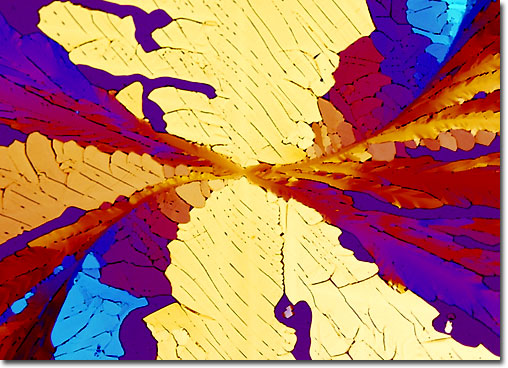|
Humans and many other animals absorb beta-carotene from food sources through the walls of the small intestine, where it is converted enzymatically to vitamin A, or retinol. Retinol, initially identified in 1920, was the first recognized vitamin, resulting in its being dubbed with the moniker vitamin A under an alphabetical nomenclature system. The important polyene biochemical is believed to promote good vision, dental health, and bone growth, as well as healthy skin, hair, and mucous membranes. The amount of vitamin A believed to be required by the human body on a daily basis, however, is relatively small (1.0 milligrams), and can be provided by the intake of approximately 6.0 milligrams of beta-carotene.
|
